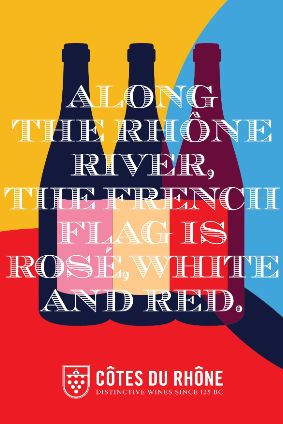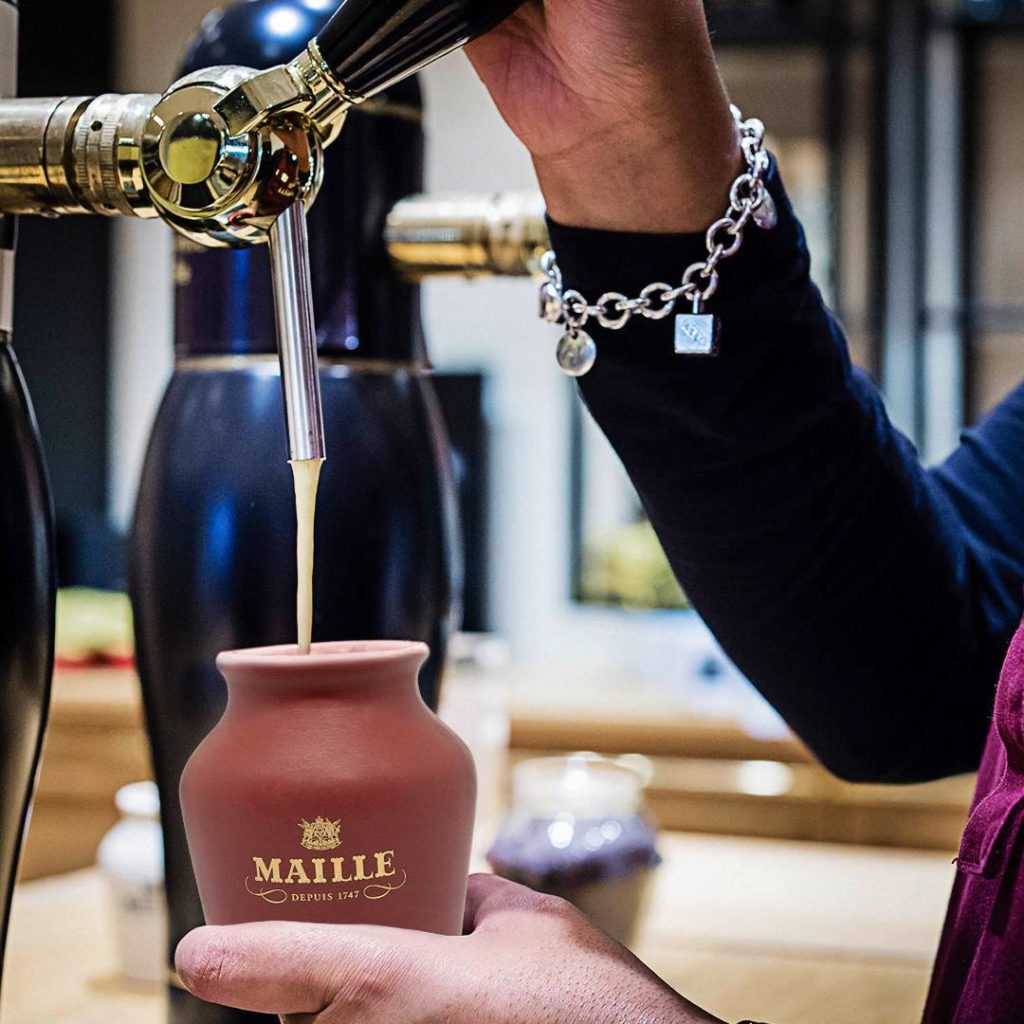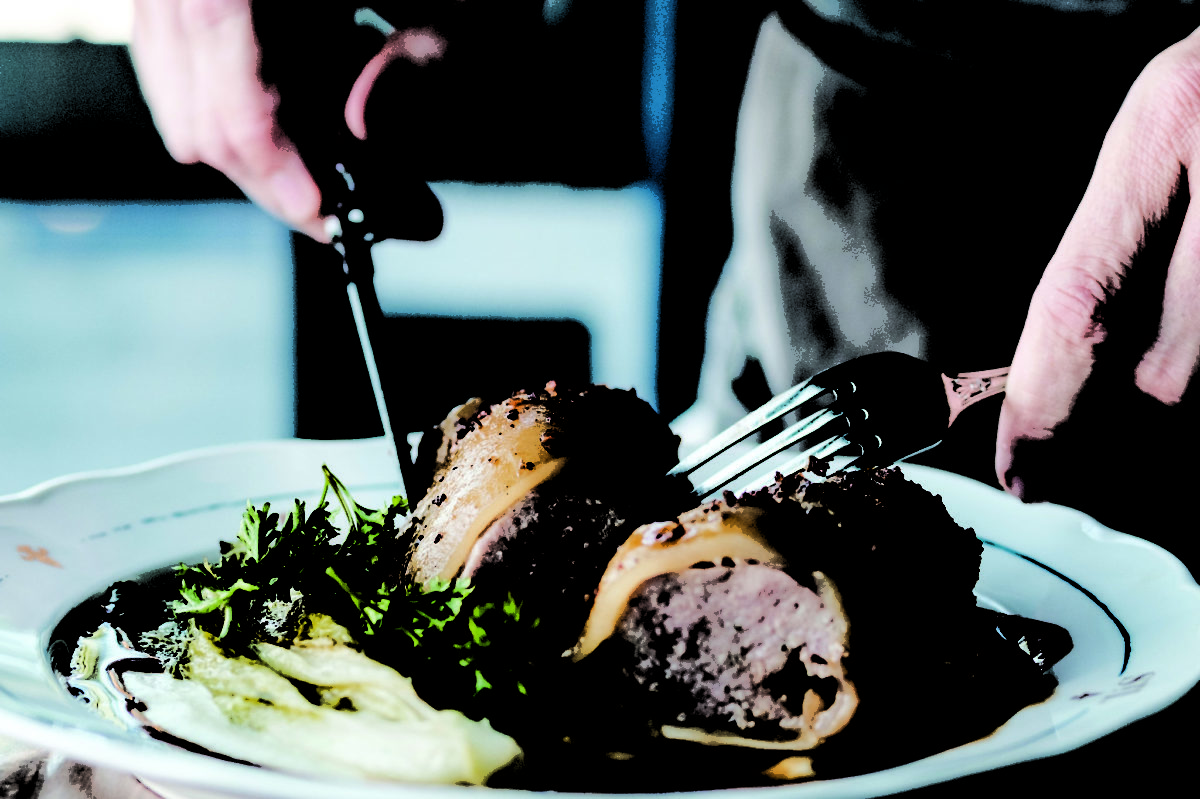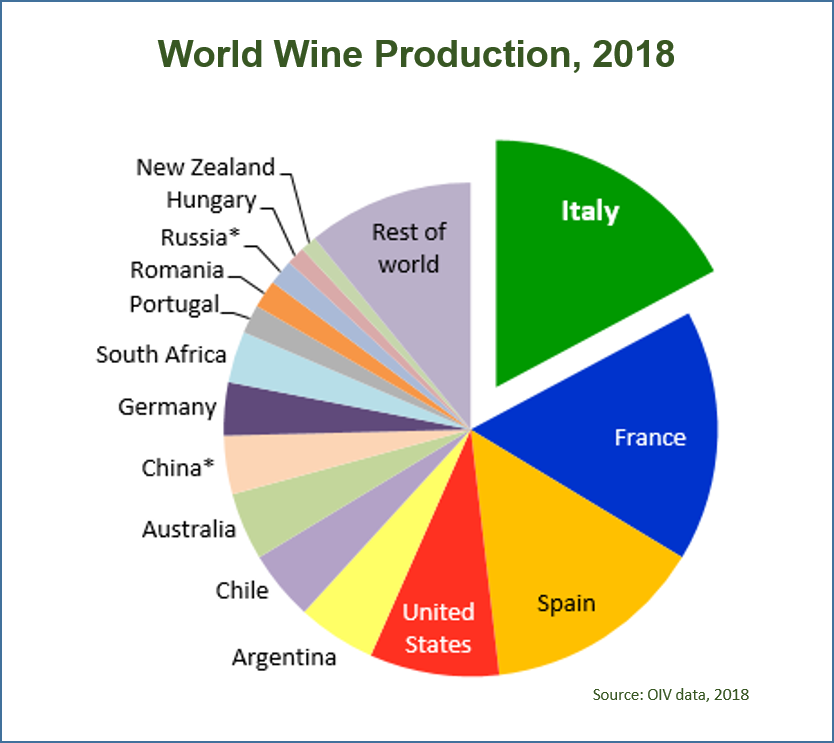HAPPY SAUVIGNON BLANC DAY!
A recent report released by Dutch bank Rabobank reveals modest growth for New Zealand wine exports, with analysts predicting that the industry is on track to exceed the 2019 forecasts.
Hayden Higgins, senior analyst of horticulture and wine, said: “In early 2019, wine import growth continued the slowdown witnessed in 2018 for both the US and China, while Brexit has been thrown a lifeline, for now”.
New Zealand’s export value and volume is in line to exceed MPI 2019 forecasts. Rabobank expects overall value growth to be around NZ$60 million, representing a 4% year-on-year change.
Higgins said: “Wine export revenue to the US contracted slightly in the 12 months to February 2019 by around 1%, but the US remains our lead market by value.
“Total US wine imports, on a case equivalent basis, contracted by 4% in the 12 months to December 2018, but New Zealand achieved overall growth at the expense of other exporters such as Chile, Australia, Spain and South Africa.
“Total US import volumes contracted again in the first two months of 2019, but at a slower rate than 2018.”
Rabobank expects continuous modest US value and volume import growth for New Zealand Wine across 2019. Although downside risks do exist in 2020, with the potential for a modest US recession looming, New Zealand continues to experience strong wine export growth to China, off a small base.
In regards to Brexit, Rabobank expects importers to run down current inventory levels, and then start rebuilding stocks in the third quarter, prior to the new Brexit date.
The release of the report coincides with International Sauvignon Blanc Day today. New Zealand Winegrowers has launched a promotional campaign, beginning in New Zealand before rolling out to a series of events globally.
Chris Yorke, global marketing director of New Zealand Winegrowers, said: “New Zealand produces less than 1% of the world’s wine production, but Sauvignon Blanc shows huge popularity all over the globe, with the zesty variety making up 86% of all wine exported from New Zealand.
“International Sauvignon Blanc Day gives us an opportunity to enjoy and celebrate the diverse styles of this sought-after variety.”
Sauvignon Blanc was commercially produced on New Zealand shores for the first time in 1979, and is now New Zealand’s most widely planted variety. New Zealand wine exports are currently valued at $1.75 billion, while 98% of New Zealand’s vineyard producing area is Sustainable Winegrowing NZ certified.
Sources: Dutch bank Rabobank





